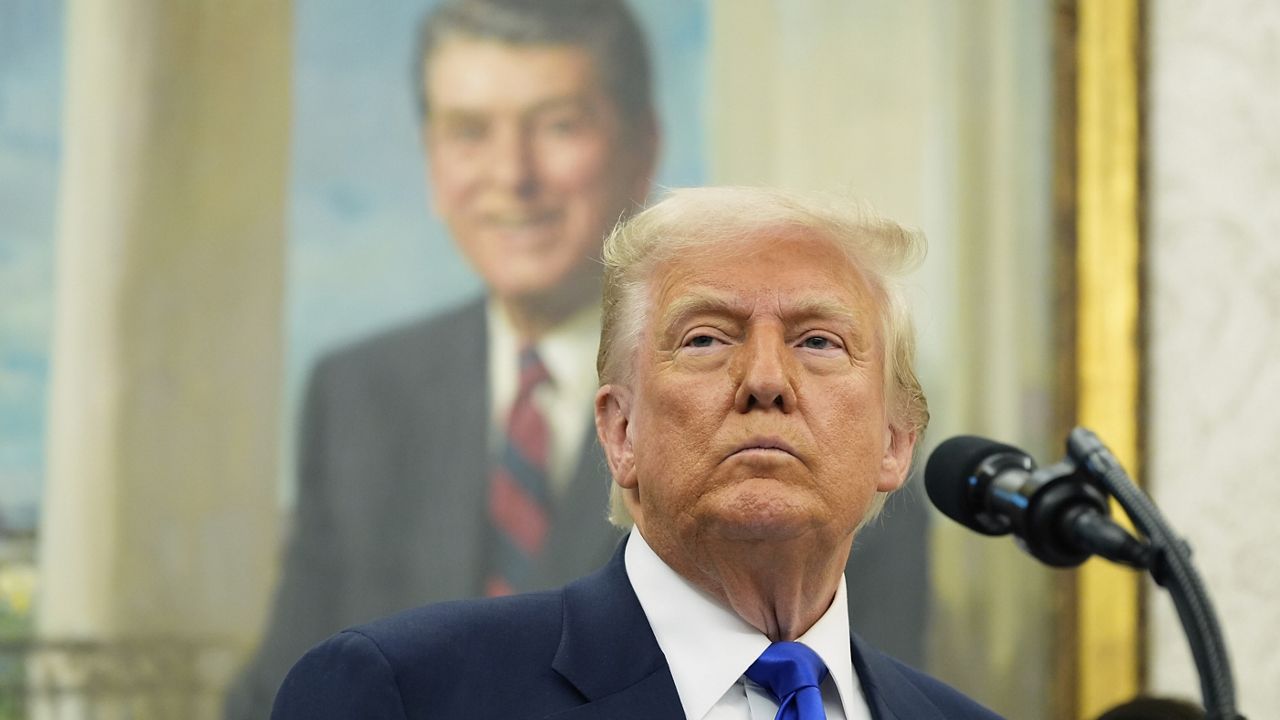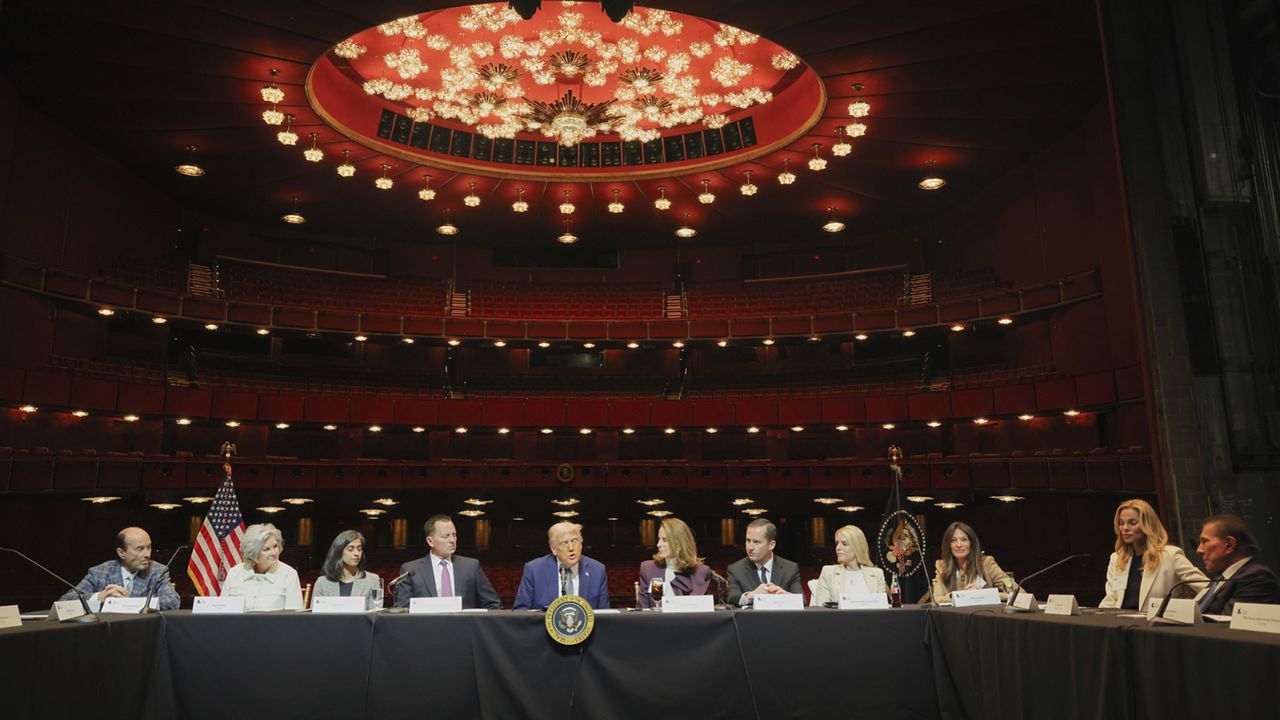When lawmakers return from August break next month, it will be a race for Congress to keep the government afloat and prevent a shutdown before the fiscal year ends on Sept. 30.
But just a week after top leaders in both chambers appeared to be on the same page about likely needing to lean on a stopgap funding measure, a group of conservatives in the House are adding another hurdle.
On Monday, the House Freedom Caucus released a letter saying its members will not support a short-term funding measure – known as a continuing resolution – unless it includes a slate of their priorities.
As the Republican-led House and Democratic-led Senate work out spending plans for the new fiscal year starting in October, a continuing resolution would allow Congress to keep the government funded past Sept. 30 and, at least temporarily, avoid a shutdown.
Multiple outlets reported House Speaker Kevin McCarthy, R-Calif., raised the idea of a stopgap funding measure to House Republicans on a members-only call last week.
The next day, Senate Majority Leader Chuck Schumer, D-N.Y., said the two had spoken about such a temporary measure, with the Democratic Senate leader adding it was “a good thing that [McCarthy] recognized that we need a CR,” on a call with reporters.
Specifically, the conservative House Freedom Caucus wants any potential continuing resolution to include a border security bill that was passed in the House in May with only Republican support, steps to address what they call the weaponization of the Justice Department and FBI and an end to “woke” policies at the Pentagon.
Those priorities are very unlikely to pass the Democratic-controlled Senate or win President Joe Biden’s signature – setting up another battle this fall. McCarthy can only lose a handful of Republicans in the House to pass a continuing resolution with only GOP support. If he cuts a deal with Democrats in the chamber to pass one, he risks pushback from conservatives in his caucus.
Last spring, Biden and McCarthy negotiated a deal to suspend the nation’s debt ceiling and avert a U.S. default. That deal included agreements to reign in spending in the next fiscal year to get GOP support.
But it was not enough for some in the GOP’s right flank, who subsequently held up the House floor for days in protest.
The Democratic president and Republican House speaker – with help from their respective teams – negotiated directly with one another to work out the debt limit deal.
Kitty Richards, the acting executive director of the progressive economic think tank Groundwork Collaborative and a former U.S. Treasury Department official during the Biden administration, said the president is likely to play a less hands-on role publicly on government funding.
“The president has really already played his role and that was during the debt ceiling negotiation,” she said. “I think that the message that we're seeing from the White House is that there has already been a deal struck and now Congress needs to pass appropriations bills that are consistent with that deal.”
Soon after the debt deal, Chair of the House Appropriations Committee Kay Granger, R-Texas, said House Republicans will mark up spending bills – known as appropriations bills – below the levels in the agreement, arguing they are a ceiling, not a floor. The Senate marked up its bills in line with the levels set by McCarthy and Biden, putting the two chambers at odds.
“The deal was supposed to govern the appropriations process – they [set] appropriations levels, so that we wouldn't be having a replay of 2011, lurching from crisis to crisis,” Richards said.
Negotiations over the debt ceiling consumed Washington in 2011, a high-stakes showdown between the Obama White House – in which Biden was serving as vice president – and the new generation of “tea party” House Republicans.
But weeks of tense talks between Biden and the House Republicans collapsed that summer, sending Washington careening toward a fiscal crisis.
When the August 2011 deadline came to raise the debt ceiling, only an eleventh-hour agreement with Senate Republicans led by Mitch McConnell and some Democrats tasking a “Super Committee” to recommend further federal reductions ensured there would be no debt default.
About two years later in 2013, the government shut down for 16 days as tea party conservatives tried to block implementation of then-President Barack Obama’s health care law. Obama refused and Democrats who held the majority in the Senate made clear the effort was futile.
Senate leaders ultimately brokered an agreement after the House was unable to coalesce around a Republican-only approach.
The Associated Press contributed to this report.




%20Cropped)



